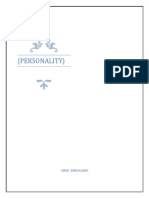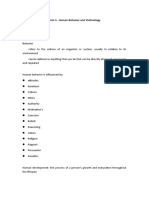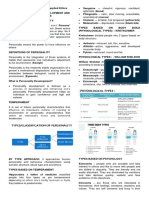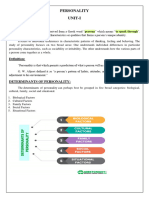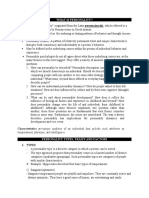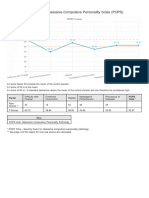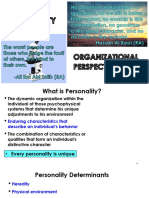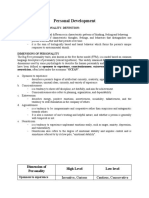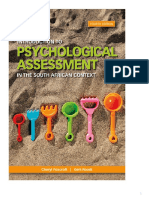0% found this document useful (0 votes)
38 views18 pagesPID Practical PDF
The document discusses the psychology of individual differences, focusing on personality assessment using the NEO Five Factor Inventory (NEO-FFI). It covers various theories of personality, including the Type Approach, Trait Approach, and Freud's structure of personality, along with methods of personality assessment such as self-report measures and projective techniques. The NEO-FFI is highlighted as a reliable tool for measuring the Big Five personality traits, providing insights into individual personality characteristics.
Uploaded by
keshviverma348Copyright
© © All Rights Reserved
We take content rights seriously. If you suspect this is your content, claim it here.
Available Formats
Download as PDF, TXT or read online on Scribd
0% found this document useful (0 votes)
38 views18 pagesPID Practical PDF
The document discusses the psychology of individual differences, focusing on personality assessment using the NEO Five Factor Inventory (NEO-FFI). It covers various theories of personality, including the Type Approach, Trait Approach, and Freud's structure of personality, along with methods of personality assessment such as self-report measures and projective techniques. The NEO-FFI is highlighted as a reliable tool for measuring the Big Five personality traits, providing insights into individual personality characteristics.
Uploaded by
keshviverma348Copyright
© © All Rights Reserved
We take content rights seriously. If you suspect this is your content, claim it here.
Available Formats
Download as PDF, TXT or read online on Scribd
/ 18






